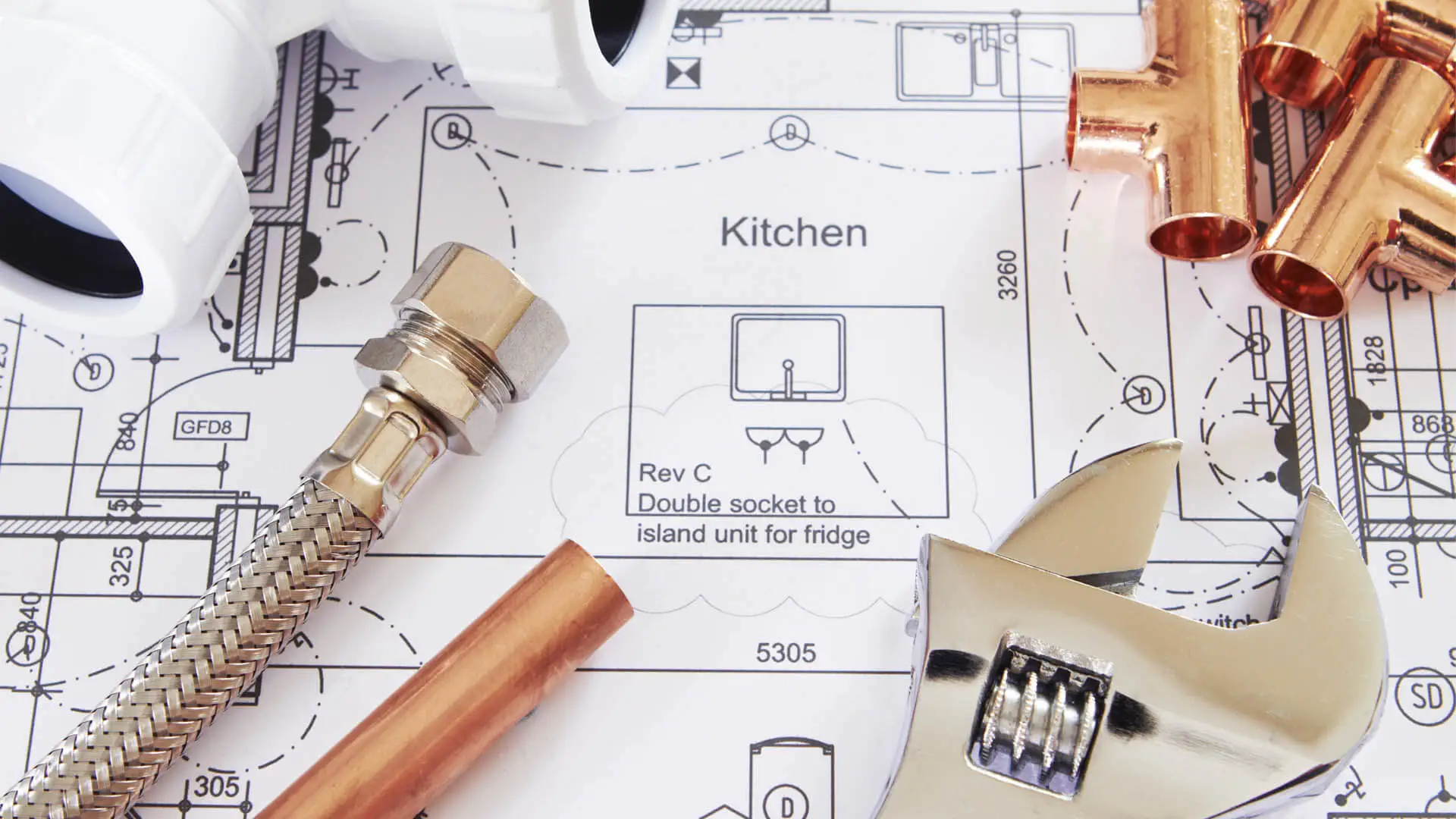Slab leaks are frequently undetected by homeowners, simply because most of them do not know what they are looking for. When slab leaks go unnoticed for long periods of time, it can lead to thousands of dollars of water damage. The key to catching a slab leak quickly is in knowing what to look for in your home.
Damp Carpet & Warped Flooring
Anytime you find damp carpets or warped flooring in a house, it can be an indication that water is coming through the floor. Slab leaks create an accumulation of water in the foundation, which eventually rises to the surface. When this happens, it will cause visible damage to your flooring. Keep a close eye on any damp areas, because this could be a sign that there is a slab leak.
Hot Spots on the Floor
If the slab leak happens to be within the hot water lines, you may find hot spots in your flooring. The leaking hot water will eventually heat up the material directly above it. You will notice hot spots on the hardwood or other hard material flooring.
Any unusually warm areas in your flooring during the colder months, when it is easier to detect any hot spots, can be an immediate red flag that you have a slab leak!
Spike in the Water Bill
A higher than normal water bill can indicate a leak somewhere in your home. If your water bill is usually consistent, and then one month it spikes drastically, there is a possibility of a water leak in your home. Having a professional like Curtis Plumbing check for a slab leak could be a prudent course of action.
Pooling Water
Have you noticed any water accumulation outside of your house, that looks as though it may be coming from your home? Or, have you noticed accumulating water in the kitchen or bathroom?
First, check appliances like your dishwasher or clothes washer to ensure no leaks are present with those. If your search comes up empty, the pooling of the water can be a strong indication that there is a slab leak somewhere in your foundation.
Mold & Mildew is Present
When leaking water is present, mold or mildew is sure to follow quickly. If conditions are right, it only takes mold about 24 to 48 hours to set in. This means that slab leaks can cause mold and cause it fast! Depending on where the leak is, mold will start growing in places such as under and on the carpet, as well as into the drywall.
While you may not be able to see it right away, mold has a musty scent that can make it detectable.
Get Your Home Inspected
Do not delay contacting Curtis Plumbing at (813) 672-4111 if you are concerned that your home may have a slab leak! We offer a leak detection service that can find leaks in your floor. It is important to emphasize that this is a job that should be performed by an experienced professional. Once a slab leak has been found, we can take the appropriate action towards repairing it.




Thanks for your comment!
Thanks for your feedback! Your comments have been successfully submitted! Please note, all comments require admin approval prior to display.
Error submitting comment!
There is a problem with your comment, please see below.